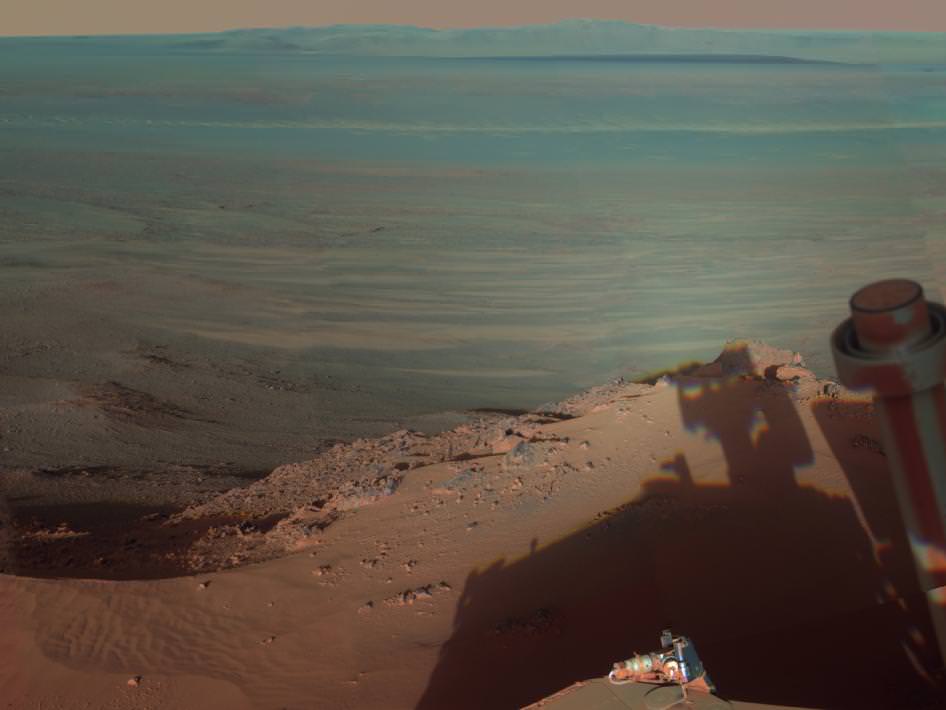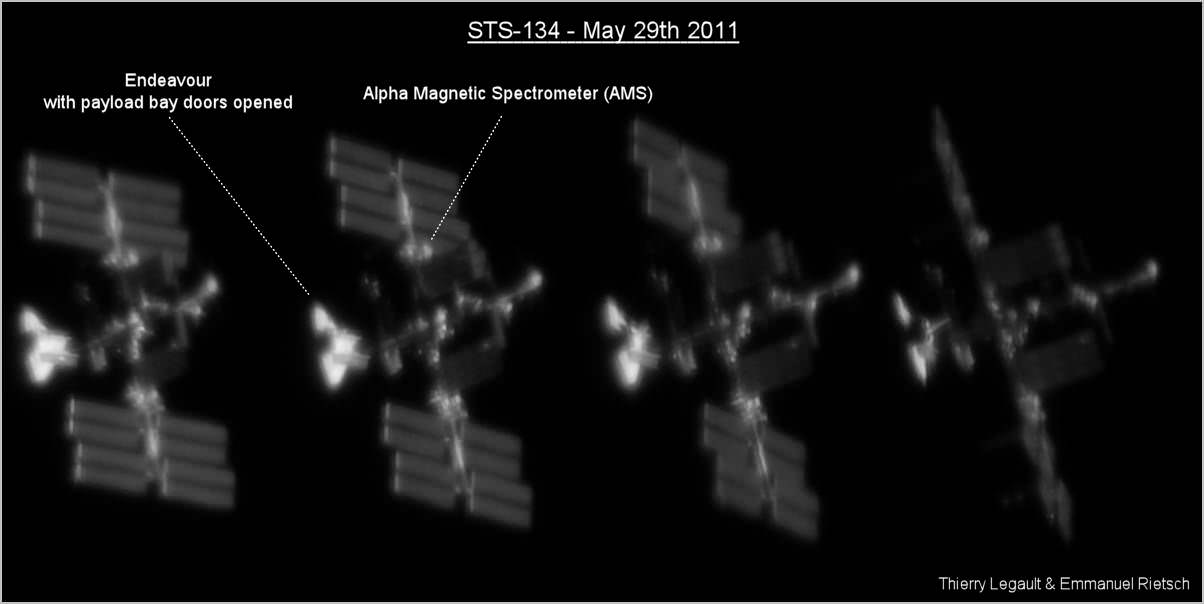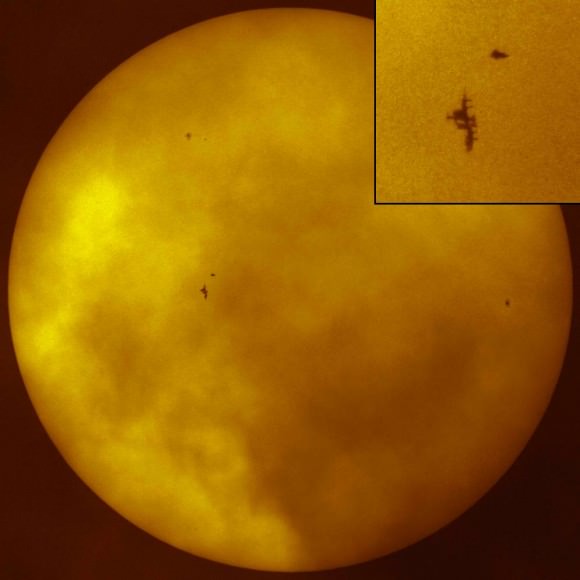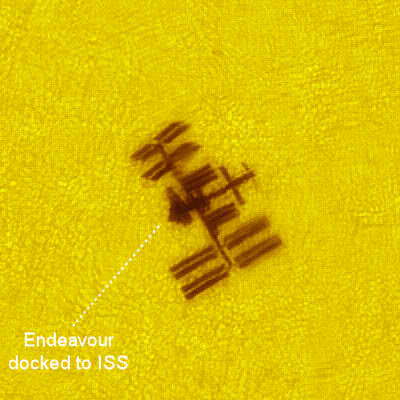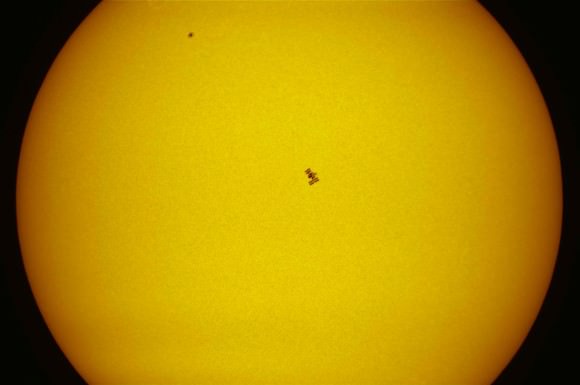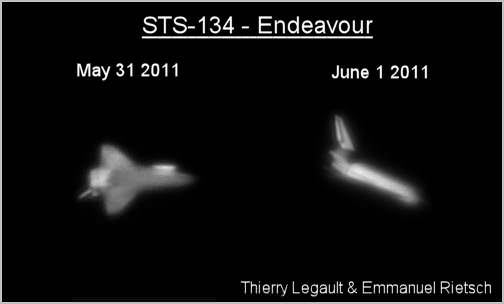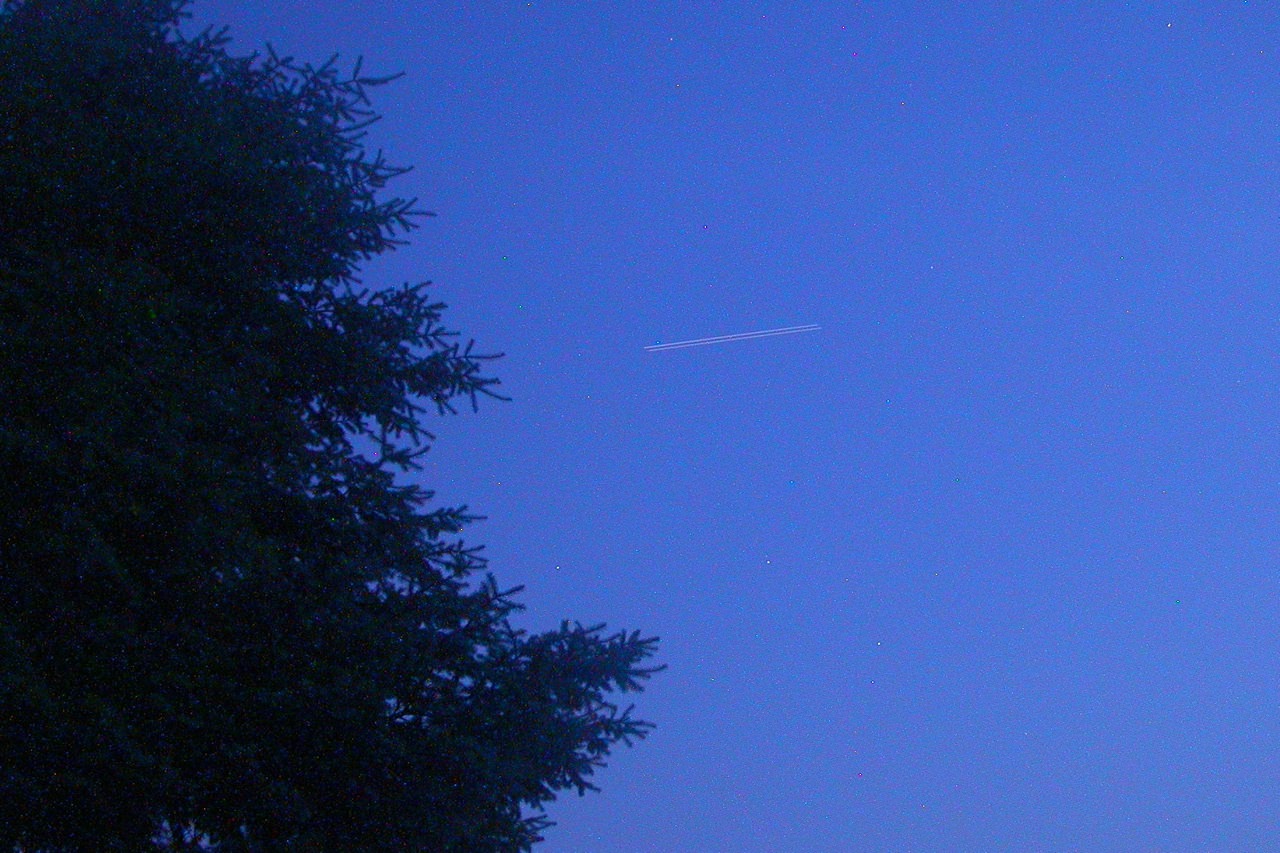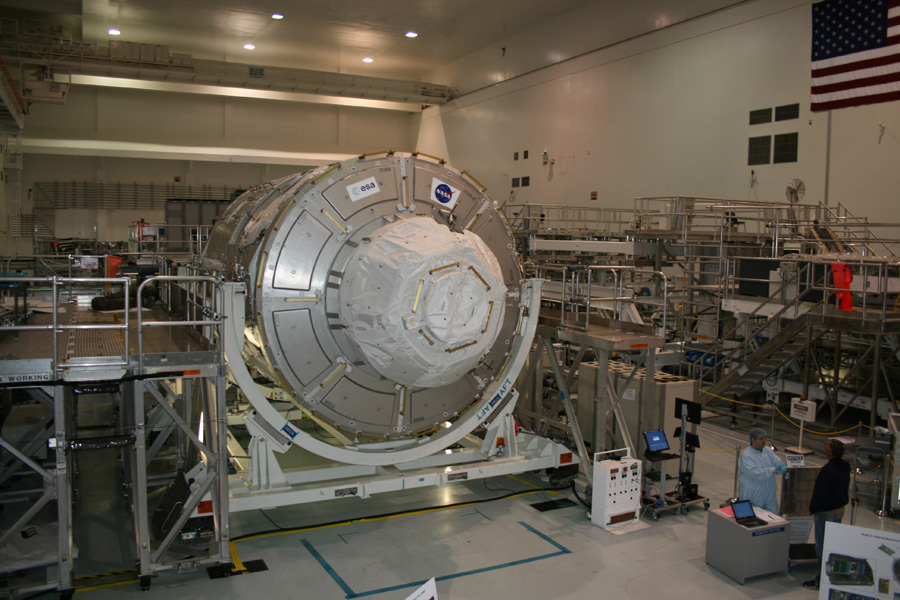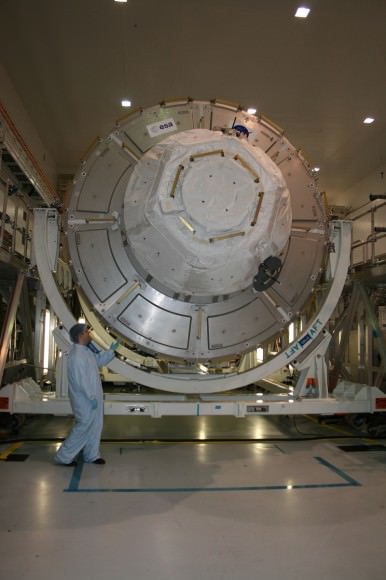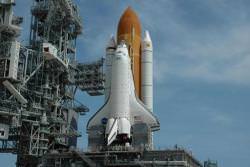NASA officials are hoping that the repairs to space shuttle Atlantis’ fuel sensor system will be completed in time for a January 24 launch date for the STS-122 mission to the International Space Station. But in a January 3rd press briefing, John Shannon, deputy manager of the shuttle program told reporters that a February 2nd or 7th launch date is more probable given the testing and the work required.
“There’s no way we’re going to be earlier than Jan. 24,” Shannon said. “I would say it is a stretch to think we would make the 24th, that would require the weather to cooperate out at the Kennedy Space Center, it would require no hitches in any of the testing.”
A suspect connector in the engine cutoff (ECO) fuel sensor system was removed from the shuttle’s external tank and is being tested at the Marshall Space Flight Center in Huntsville, Ala. If the tests there don’t replicate the false readings that occurred during two launch attempts in early December, another on-pad fueling test might be required to collect additional data. If so, the launch could be delayed to Feb. 2 at the earliest.
A fueling test performed on December 18 isolated the problem to the 1 1/2-by-3 inch connector called a pass-through connector, located both inside and outside the tank. The wires for all four ECO sensors pass through the same connector. From the data of that test, engineers believe the problem lies in gaps between pins and sockets on the external side of the pass-through connector when the system is chilled to cryogenic temperatures, as when the tank is filled with liquid hydrogen and oxygen.
“It’s a difficult problem,” Shannon said. “I’m not making excuses here, but at liquid hydrogen temperatures is the only time it shows up so you have to set up a test that uses liquid hydrogen. We’re very interested. This is the first time we’ve removed the hardware from a vehicle and had the opportunity to test it without disturbing it before hand. So it will be interesting to find out.”
Engineers are now working on installing new connectors to the tank.
“All of those changes, it’s fairly simple, it’s a fairly elegant change and we feel very confident that if the problem is where we think it is, between the external connector and the feed through, that this will solve that,” Shannon said. “Now, if you look at the schedule, we’re going to have new external connectors and feed-through assemblies at KSC this weekend and we’re going to proceed with installing that on external tank Number 125, which is the one Atlantis is currently mated to. We expect that work to be done by next Thursday.”
“But I asked the team to go ahead and protect that date (Jan. 24) as the earliest date that we could possibly go,” Shannon continued. “I think it is much more likely that we’ll be ready to go somewhere in the February 2 to February 7 timeframe, given we don’t have any additional findings as we go through our testing.”
Another timing issue to deal with is the scheduled Feb. 7 launch of a Russian Progress supply ship to the ISS. Joint U.S.-Russian space station flight rules don’t allow a Progress docking during a shuttle visit. If the Russians won’t change their launch date, Atlantis would have to take off by Jan. 27 or the flight would slip to sometime around Feb. 9 in order to get the Progress docked before the shuttle arrives.
Also, NASA originally planned to launch the shuttle Endeavour on the next mission to the ISS on Feb. 14. But the Atlantis delay will force a subsequent delay for Endeavour. Shannon said that NASA typically needs five weeks between launches to get ready for the next flight.
Original News Source: NASA News Audio

